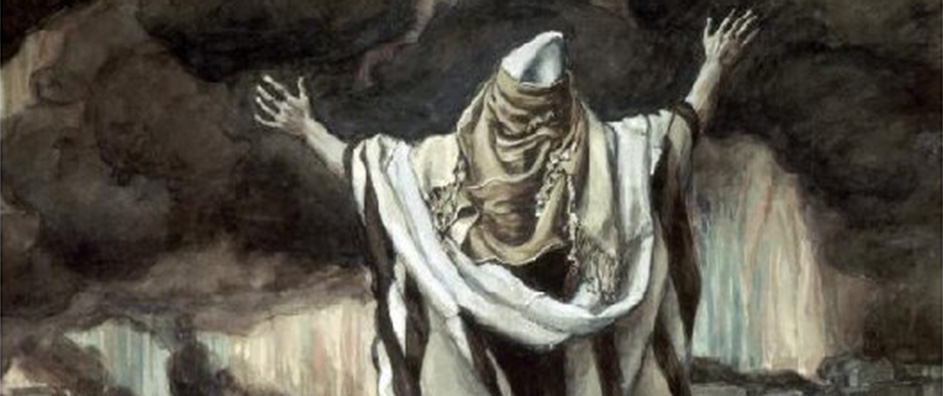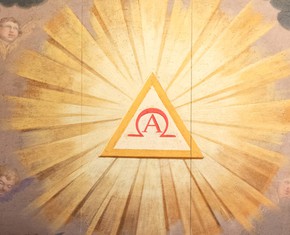The views expressed in our content reflect individual perspectives and do not represent the authoritative views of the Baha'i Faith.
While Lot pursued his mission of ministering to the “wicked and sinners” in Sodom, Abraham continued to receive promises about the future of his family line.

Sodom
Though still childless, he understood that his seed will be “as the dust of the earth; so that if a man can number the dust of the earth, then shall thy seed also be numbered.” Specifically, Abraham is promised a son who will “come forth out of thine own bowels” or, as some translations have it, “who will come forth from your own body.” It is important to note here that it could be any son about whom the promise was made—not necessarily the child of his current wife, Sarah.
Abraham also heard that the land was to be part of the inheritance of his descendants. He is portrayed as not being convinced by the promise about the land, because he asks, “O Lord God, how am I to know that I shall possess it?” The lord replies, “Bring me a heifer, a goat and a ram, each three years old, along with a dove and a young pigeon.”
Abraham gathers the animals as directed and cuts them in two. He lays the halves of the big animals on top of each other, but he doesn’t cut the birds in two. (Gory, isn’t it? Blood and guts everywhere.) But the true, symbolic point of this portion of the story might be one of several things: First, this kind of effort indicates a willingness to sacrifice oneself in the path of God. Abraham has already thrown himself into the fires of polytheism in order to respond to the call of God, and has taken his revelation to a new, spiritually deficient land—Canaan. As the Baha’i teachings point out:
In reality, Abraham sacrificed Himself, for He brought heavenly teachings to the world and conferred heavenly food upon mankind. – Abdu’l-Baha, The Promulgation of Universal Peace, p. 451.
Another way to appreciate the significance of the dead animals is to realize that Abraham isn’t performing a traditional sacrifice because there isn’t an altar. Instead, he is “cutting a covenant”—a Hebrew idiom based on cultural practices of the time. To cut a covenant, two people who made an agreement would take one or two large animals and cut them in half. After this was done, each of the two parties to the covenant would walk between the halves. The purpose of this was to publicly obligate both people to suffering the same fate—being cut in half—if they violated the agreement.
A third thing that might be fluttering around these bestial images is prophecy. The large animals have been taken by some commentators as representing the different kingdoms that would overpower the land and the people of Israel, including Babylon, Persia, and Greece. Because the birds on top of the pile remain uncut, it could mean that the violence won’t come to an end until, the Talmud suggests, the Jews return to their homeland, the Messiah comes, and a third temple is built by the dynasty of David. In that view, the story is connected to our own time because Jews have returned to their homeland of Palestine/Israel.
A fourth possibility—also in the realm of prophecy—is that the five animals and birds represent the five religions that will come from the line of Abraham: Judaism, Christianity, Islam, the Babi Faith, and the Baha’i Faith. The hacked and bleeding animals on the bottom represent the animosities that will arise among the religions and the blood that will be shed by their followers. But the two uncut birds on the top signify an end to the cycle of interfaith violence and the coming together of all of the lines of descendants in peace.
















Comments
Sign in or create an account
Continue with Googleor